Crochet vs. Knitting: Unraveling the Yarn Crafts Debate
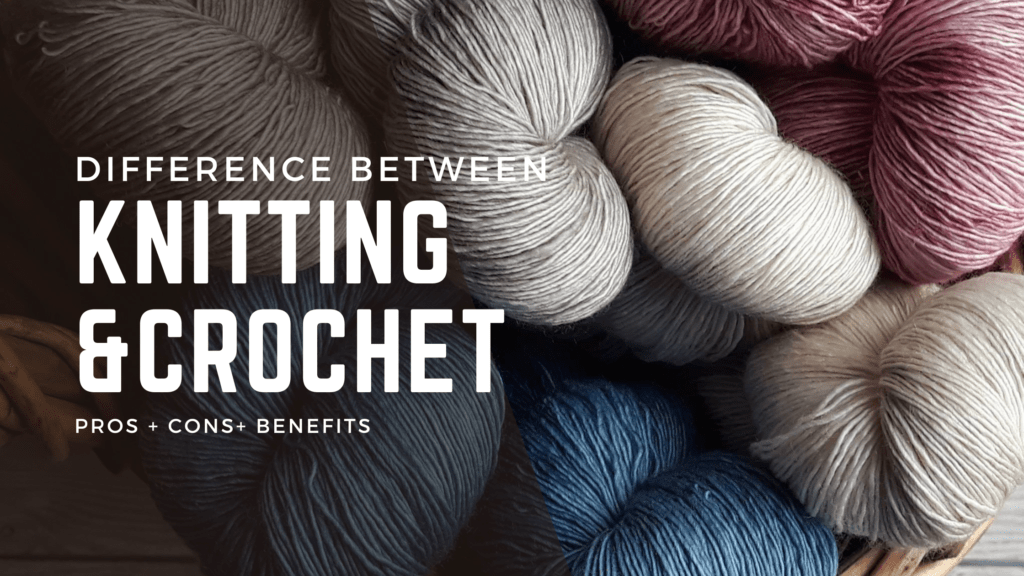
knit vs crochet
Crochet and Knitting stand as pillars in the world of yarn crafts, each with its own devoted community and unique appeal.
From the rhythmic click of knitting needles to the smooth glide of a crochet hook, these crafts offer endless possibilities for creativity and expression. In this comprehensive exploration, we’ll dive deep into the distinctions between crochet and knitting, weigh their respective pros and cons, and uncover the diverse aesthetic charm they bring to crafting projects.
Understanding Crochet and Knitting:
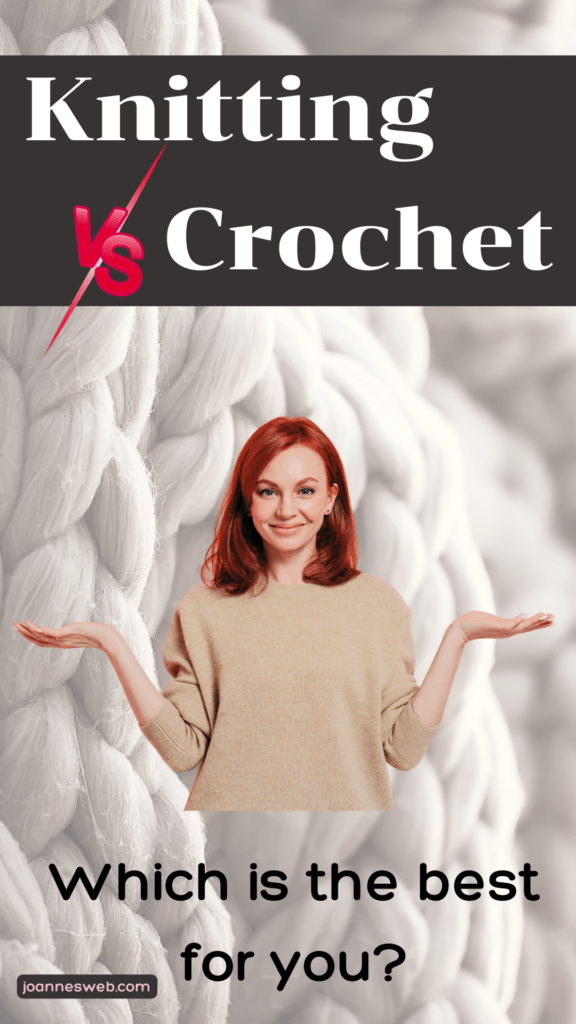
understanding knitting and crochet
Crochet: With just a single hook, crocheters create loops and interlock stitches to form a dense and textured fabric. This technique is known for its versatility, allowing for intricate lacework, decorative motifs, and even sculptural forms.
Knitting: Utilizing two needles, knitters manipulate yarn into interlocking rows of loops, resulting in a stretchy and flexible fabric. Knitting excels in producing sleek garments, delicate lace patterns, and intricate colorwork.
Differences Between Crochet and Knitting:
Technique: Crochet involves working with a single active loop, providing a straightforward approach for beginners. Knitting, on the other hand, requires managing multiple active loops, presenting a steeper learning curve but offering greater flexibility in design.
Tools: Crochet enthusiasts wield a hook, while knitters rely on needles—whether straight, circular, or double-pointed—offering diverse options for crafting preferences.
Stitch Structure: Crochet stitches tend to be thicker and more pronounced, resulting in a fabric with a distinct texture. Knitting stitches, by contrast, are smoother and more uniform, lending themselves well to intricate patterns and fine detailing.
Versatility: Crochet shines in creating three-dimensional embellishments, while knitting excels in producing garments with excellent drape and elasticity.
Pros and Cons of Crochet
Pros: Quick to learn and master, making it accessible to beginners. Ideal for crafting sturdy and durable fabric, perfect for blankets and home décor. Versatile enough
to create intricate lacework and decorative motifs.
Cons: Limited stretch and drape compared to knitting, which may not be suitable for all projects. Uses more yarn due to the thicker stitch structure, potentially
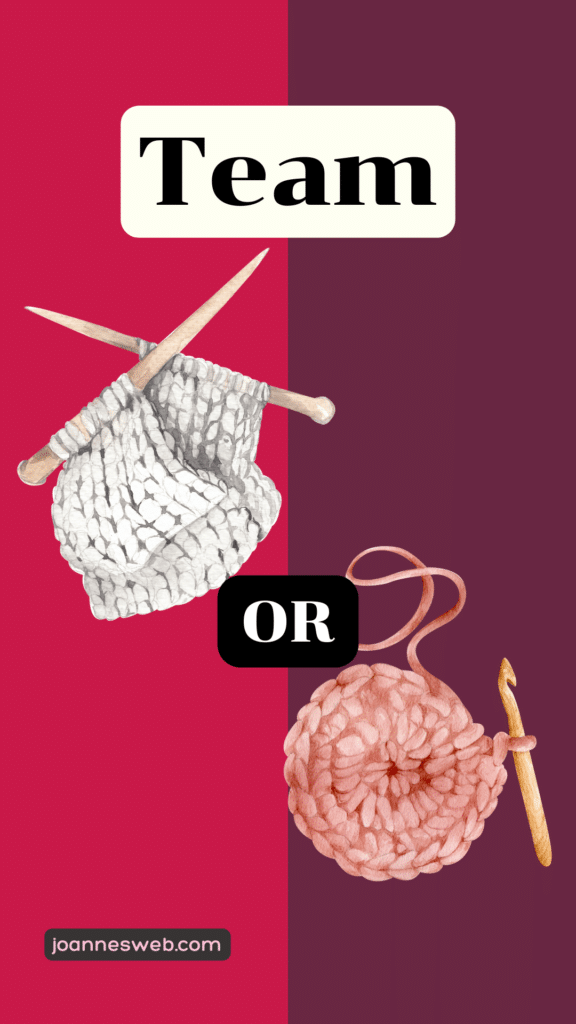
Knit vs Crochet
increasing project costs. Challenging to correct mistakes without unraveling entire rows, requiring patience and precision.
Pros and Cons of Knitting
Pros: Offers excellent stretch and flexibility, resulting in garments that conform to the body. Produces a smooth and uniform fabric, perfect for garments with intricate patterns and colorwork.
Easier to correct mistakes using techniques like “tinking” (undoing stitches one by one) and “frogging” (undoing entire rows)
Cons:
Has a steeper learning curve for beginners, requiring patience and practice to master. Prone to dropped stitches that can unravel if not promptly fixed, demanding vigilance during the crafting process.
May require more time and effort to complete projects compared to crochet, particularly for intricate designs.
Aesthetic Appeal
Crochet
Celebrated for its intricate textures and decorative elements, crochet is favored for crafting cozy blankets, chunky scarves, and eye-catching accessories. Its ability to create lace, cables, and even three-dimensional shapes adds depth and character to any project.
Knitting
Known for its sleek elegance and fine detailing, knitting is ideal for creating garments with exceptional drape and versatility. From delicate lace shawls to colorful Fair Isle sweaters, knitting offers endless possibilities for expressing personal style and creativity.
Crochet and knitting may each have their own techniques, strengths, and challenges, but both crafts share a common thread: the joy of creating something beautiful with just a hook, a pair of needles, and a skein of yarn. Whether you’re drawn to the intricate textures of crochet or the refined elegance of knitting, there’s no denying the magic that happens when you transform a simple strand of yarn into a work of art.
Which of these sounds most interesting to you?
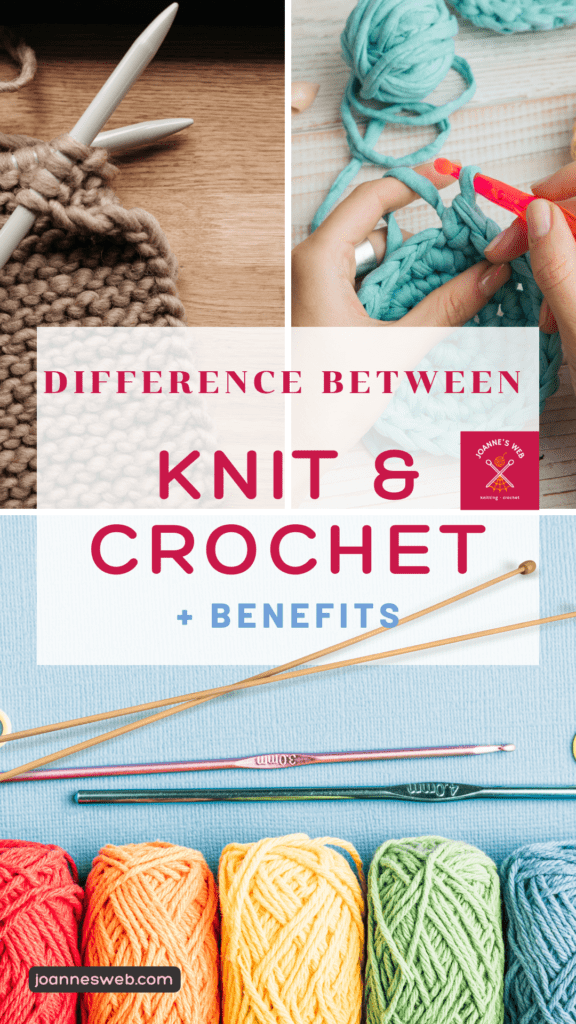
Difference Between Knit and Crochet
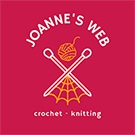

0 Comments